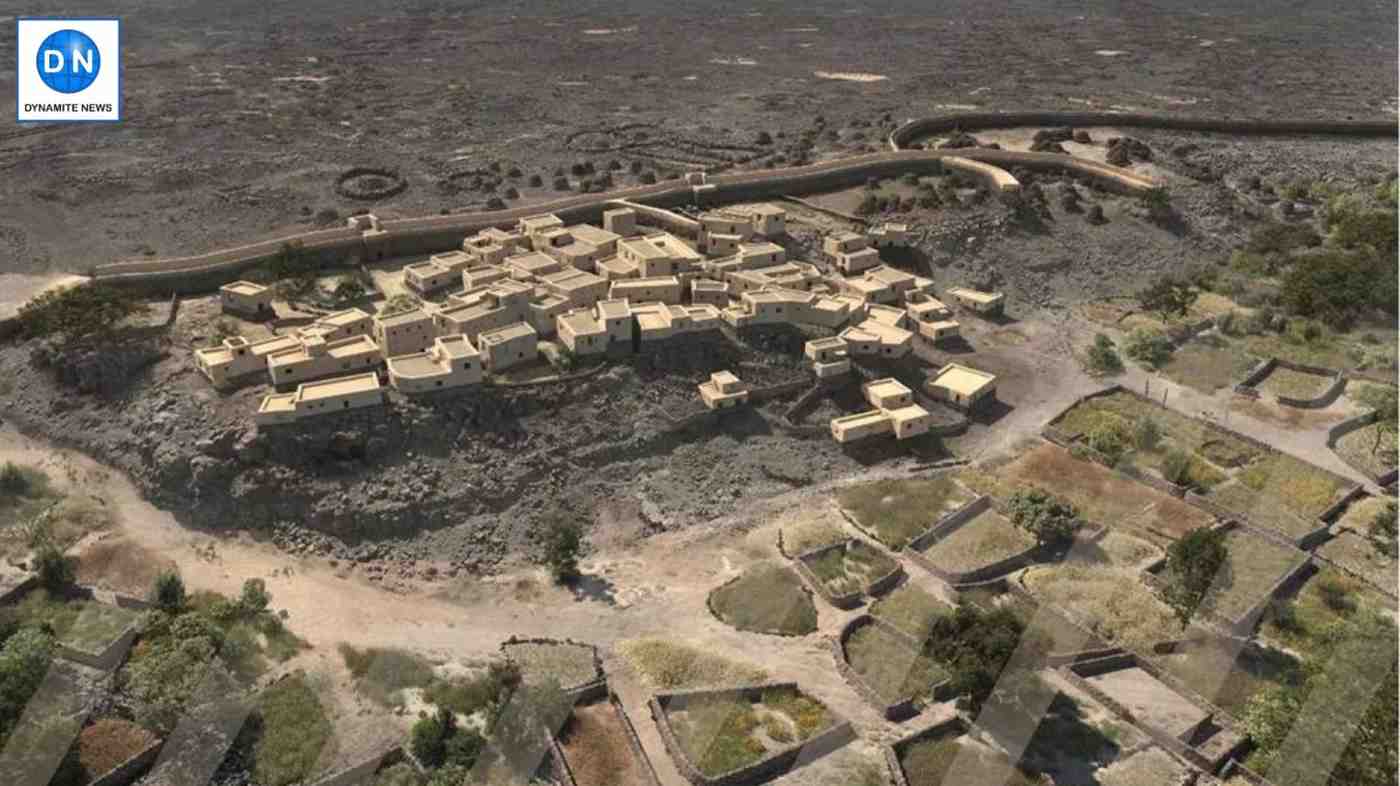
Riyadh [Saudi Arabia]: The Royal Commission for AlUla (RCU) announced that archaeologists discovered a Bronze Age town in the Khaybar Oasis, located in the northwest of the Kingdom of Saudi Arabia, a discovery published in the scientific journal PLOS ONE.
Announcement today
The announcement was made today at a press conference held by RCU in the Saudi Press Agency conference center in Riyadh. The conference highlighted the significance of this discovery to the Kingdom's standing in the field of antiquities, as well as on its cultural richness.
The Bronze Age was a historical period that lasted from around 3300–1200 BC. It was a time when humans began to use bronze, a metal alloy of copper and other metals, and made technological advancements that set the stage for a more civilized society.
Also Read |
Three performers stabbed on stage in Saudi Arabia
Kingdom's commitment
The discovery is proof of the Kingdom's commitment to safeguarding its cultural and historical heritage, as well as its desire to exchange knowledge and experience with the international community, and promote awareness about the common human heritage, consistent with the goals of the Kingdom's Vision 2030.

It also underscores the need to strengthen international partnerships, to present such rich heritage to future generations, globally.
The research points out that regions such as Khaybar were significant urban centers that permanently maintained the stability of their communities, particularly with the introduction of agriculture. They also served as centers of trade and commerce for nomadic communities. The emergence of this urban design significantly influences the socio-economic paradigm of the region.
Also Read |
International: US President Biden raises the Khashoggi murder with crown prince
Home for nomadic communities
In the Bronze Age, the northwestern Arabian Peninsula was home to a significant number of nomadic pastoral communities, but the region also had a number of walled oases that were connected to one another and were located around fortified cities like Tayma.
The discovered town, called Al-Natah, provides evidence of a clear division, within forts and cities, of residential and funerary areas. The site encompassed an area of 2.6 hectares, was inhabited by 500 individuals between 2400 and 2000 BC until 1500 and 1300 BC. The Khaybar Oasis was surrounded by a 15-km-long stone wall to ensure its protection.
The study was conducted by the Royal Commission for AlUla in collaboration with the French Agency for the Development of AlUla (AFALULA) and the French National Centre for Scientific Research (CNRS). (with Agency inputs)







